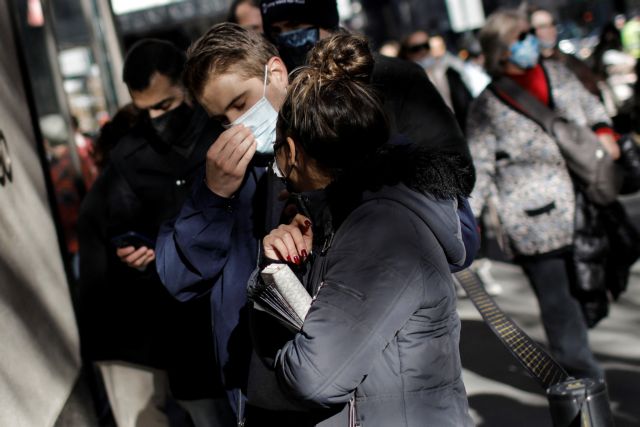We have been living with the COVID-19 pandemic for over two years.
The virus is still here and it is not less transmissible or milder when one is infected.
There is now, thankfully, a protective layer of immunity between us and the virus that was built through vaccinations and through the infection of people who fell ill.
That is how we reached the point that governments feel that they can restore a normal level of social activity without compulsory, collective public health measures.
The rationale is that if we want to restore the routine of our daily lives and keep our economies standing, then citizens must cooperate without compulsory measures.
We, on our own, must protect the people among us who are more vulnerable, who are not just elderly people, and often one cannot distinguish those who have underlying conditions that put them at greater risk.
In the final analysis, that was the meaning of the emphasis of government officials and epidemiologists throughout the pandemic on personal responsibility.
It is a slogan we no longer hear, but we see citizens implementing it.
Is personal responsibility enough? We shall see.
What must be made perfectly clear, however, is that there are still dangers lurking and that the situation could spin out of control as easily as the virus mutates and our antibodies dwindle.
Until then, we must all take the measures that we know well by now – COVID-19 testing, the use of FFP2 masks, and adjusting our activities.
It might be a useful exercise instead of thinking only about ourselves or pretending that we live in a world of just healthy people, to consider every time we find ourselves in an indoors space that it is quite likely that there may be near us a vulnerable fellow citizen of any age, with a weak immune system, who has the right to live without being overcome with fear.



